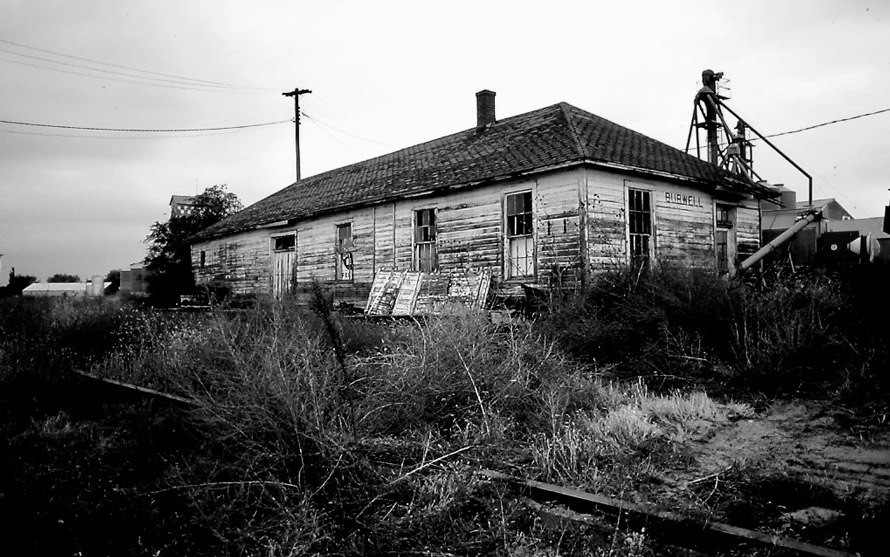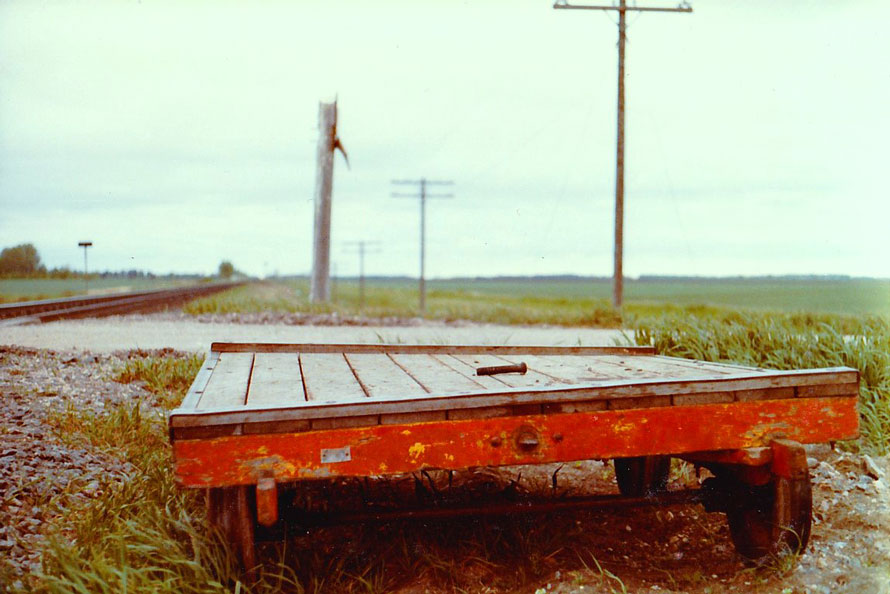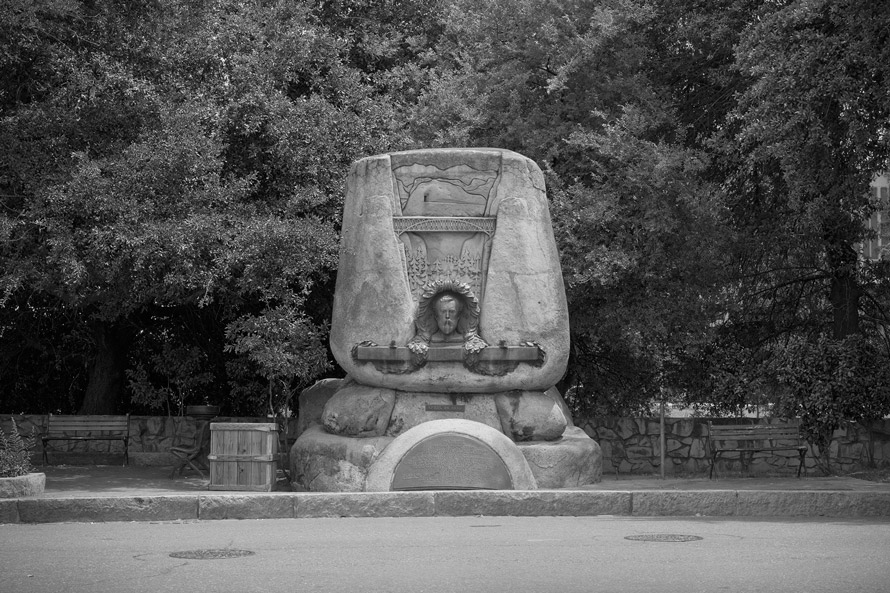
While construction of the Pacific Railroad ostensibly began during the Civil War, it was not until that great conflict was over that it really got rolling. In a race for government subsidies and land grants, the Central Pacific built eastward from Sacramento, California, while the Union Pacific built westward from Omaha, Nebraska. The two railroads met at Promontory Summit, just north of Great Salt Lake, Utah Territory, on May 10th 1869. It was a watershed moment.
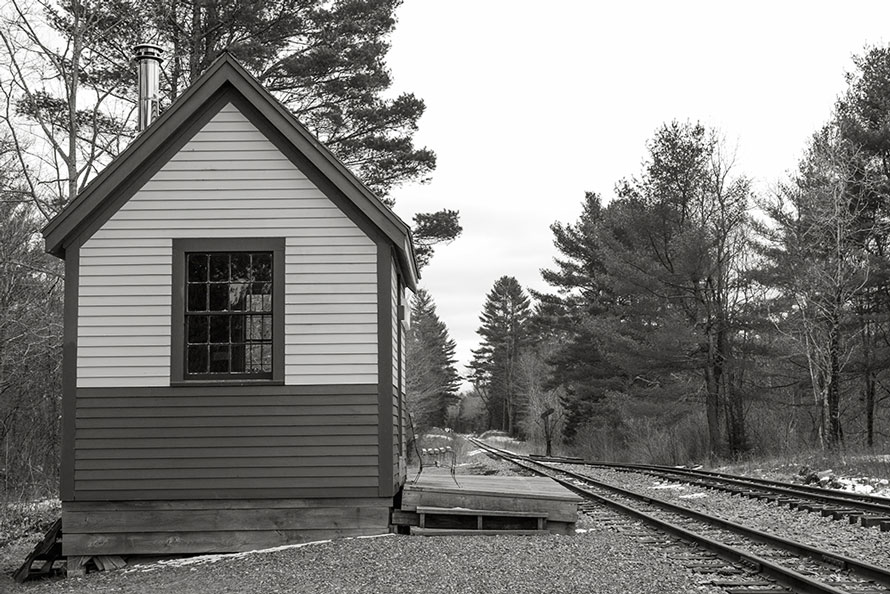
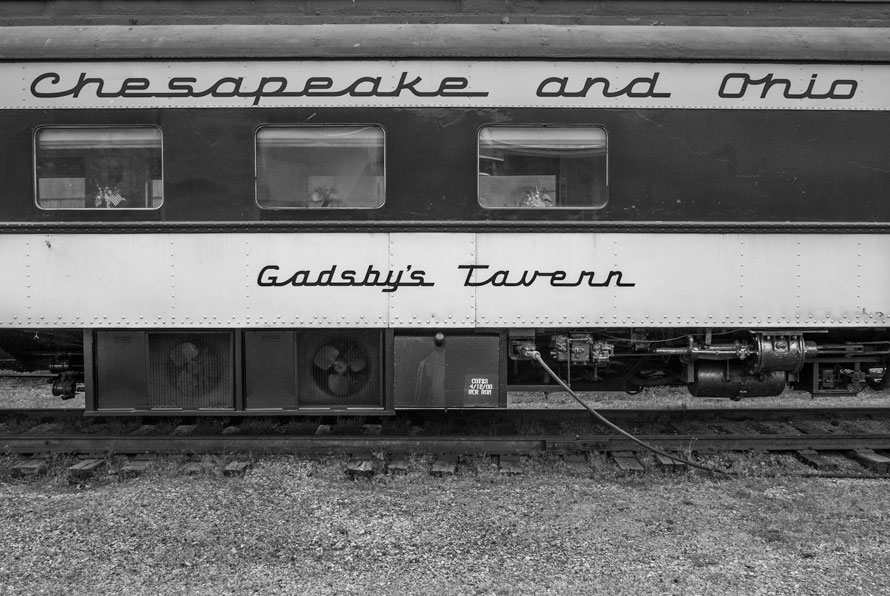
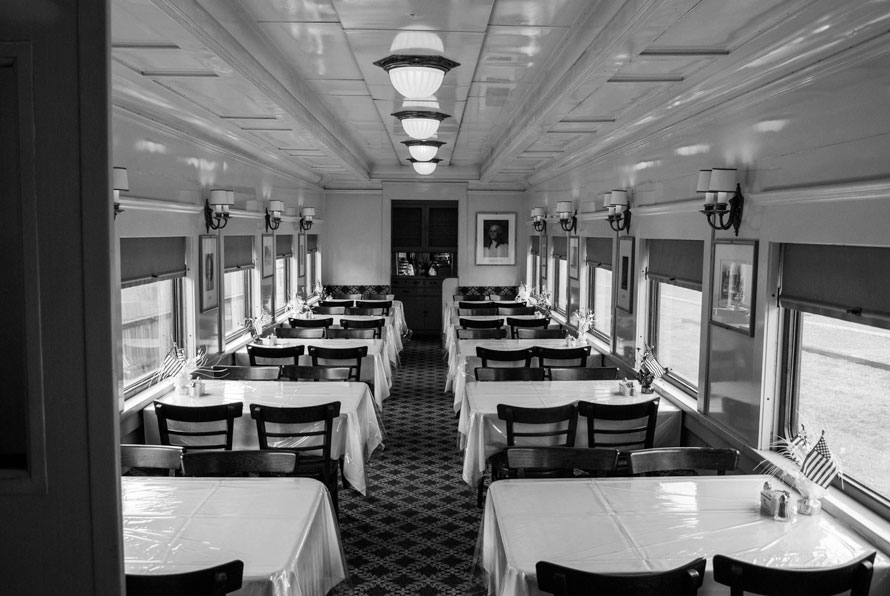 For a moment as I stood in the door of this old dining car, I could imagine what it might be like to eat dinner here with the sound of the rails beneath my feet. I almost expected a porter to come through the door on the other end of the car. But I was all alone and the car was still and silent, a ghost of railroading's past.
For a moment as I stood in the door of this old dining car, I could imagine what it might be like to eat dinner here with the sound of the rails beneath my feet. I almost expected a porter to come through the door on the other end of the car. But I was all alone and the car was still and silent, a ghost of railroading's past.
